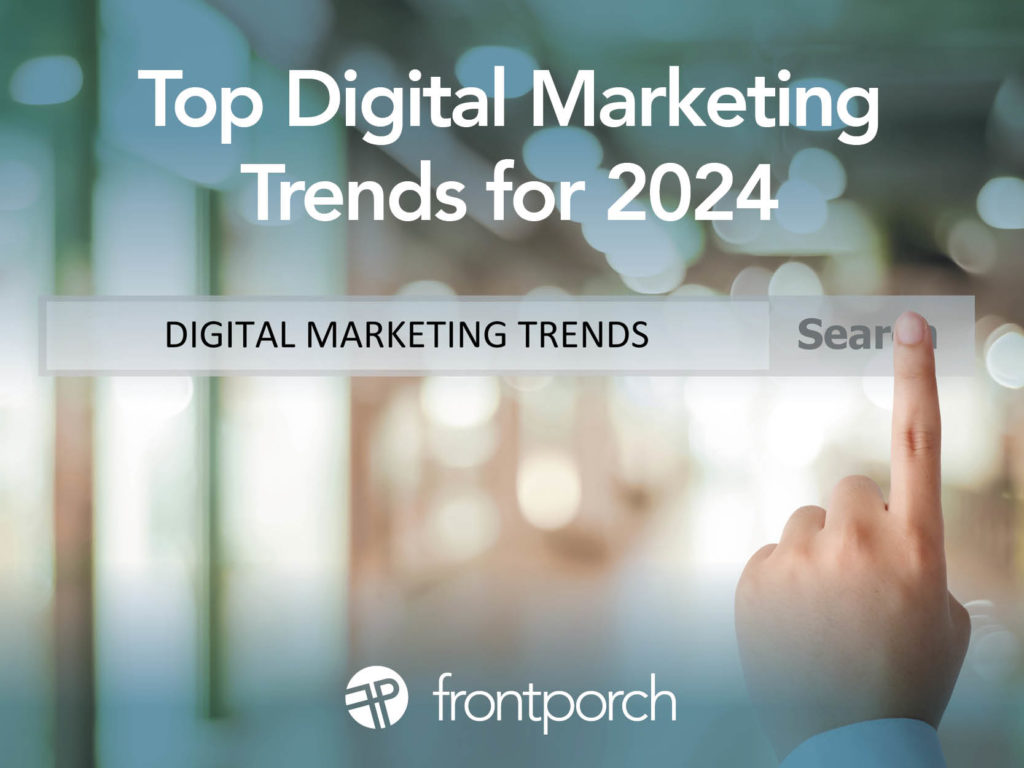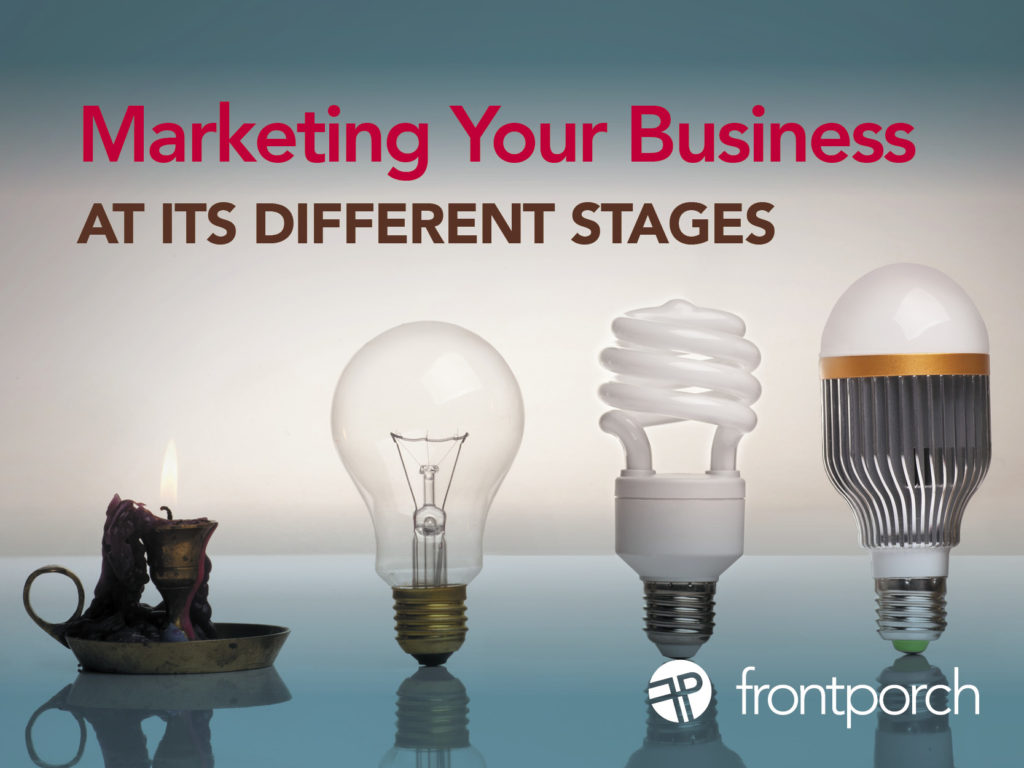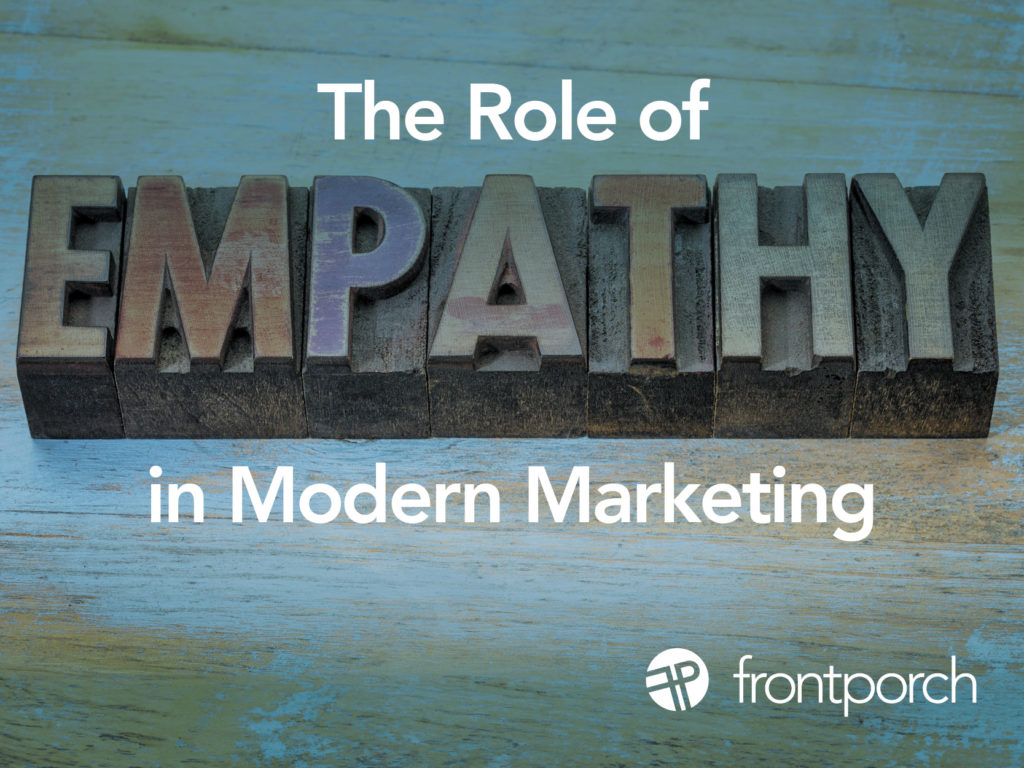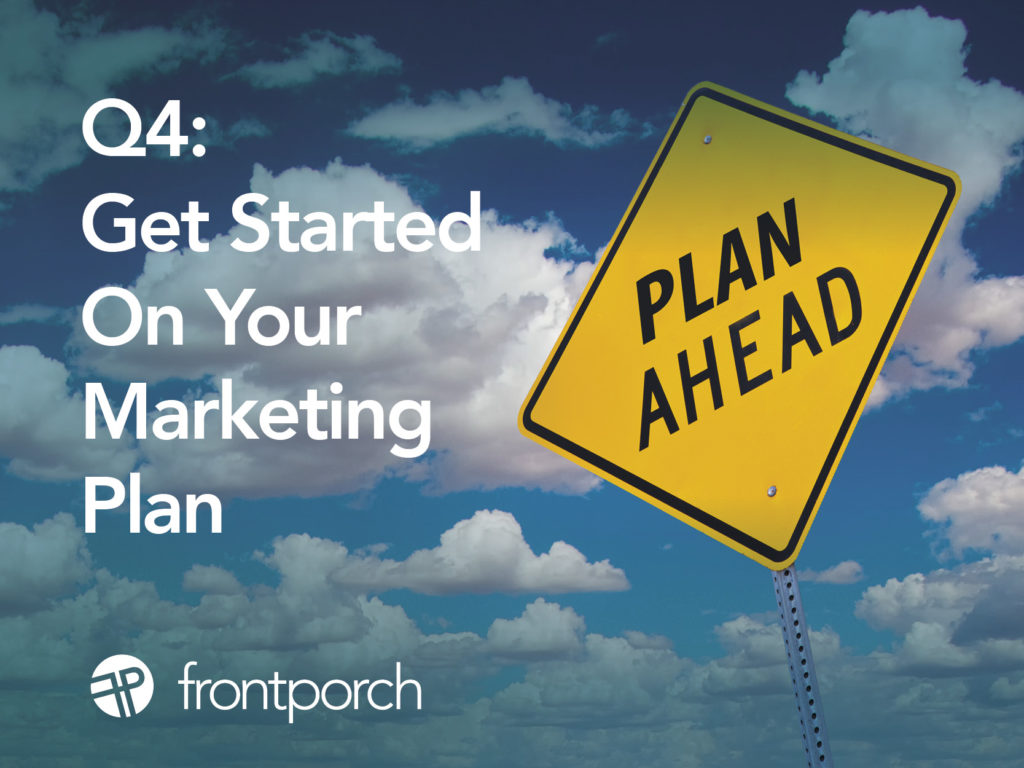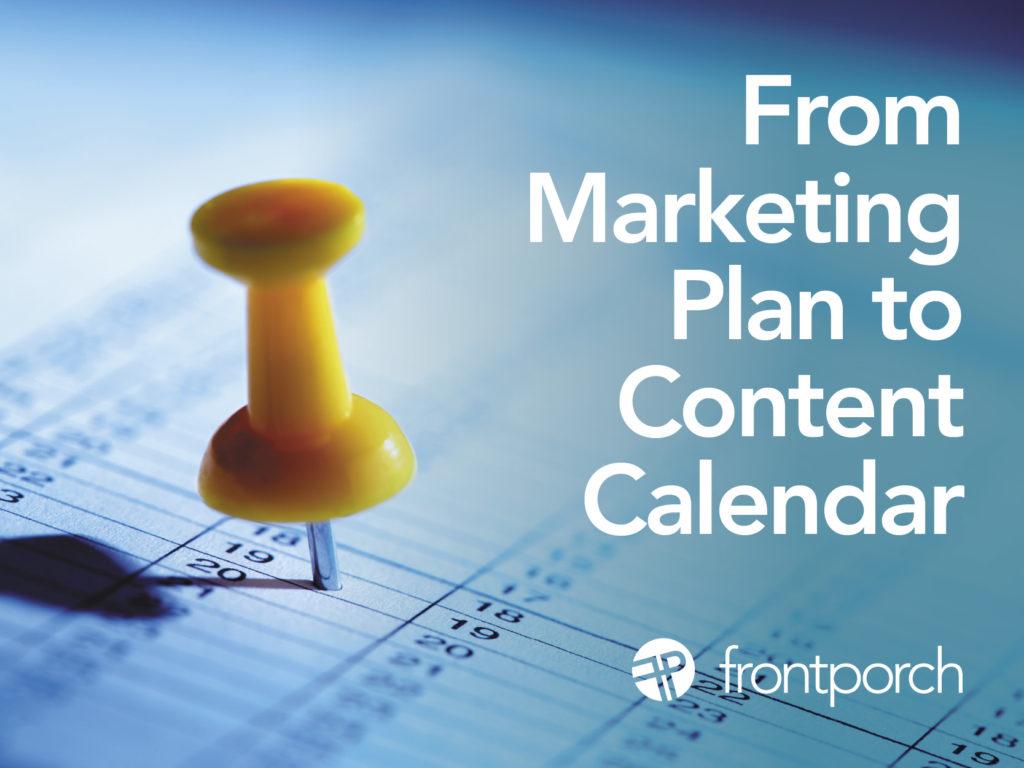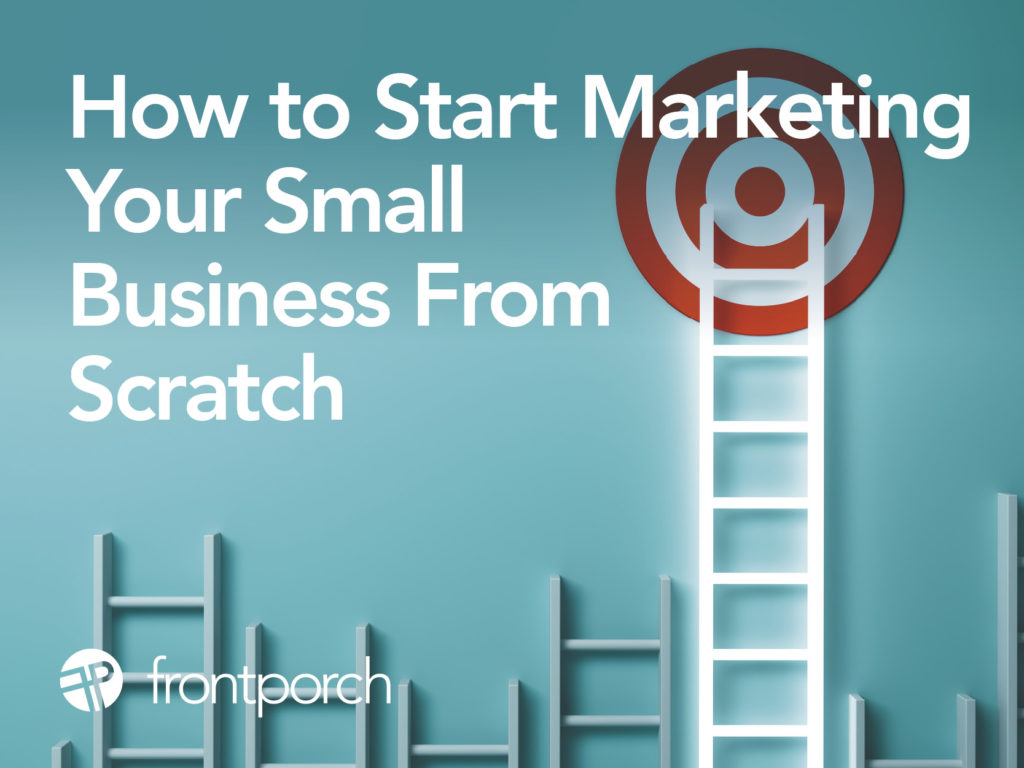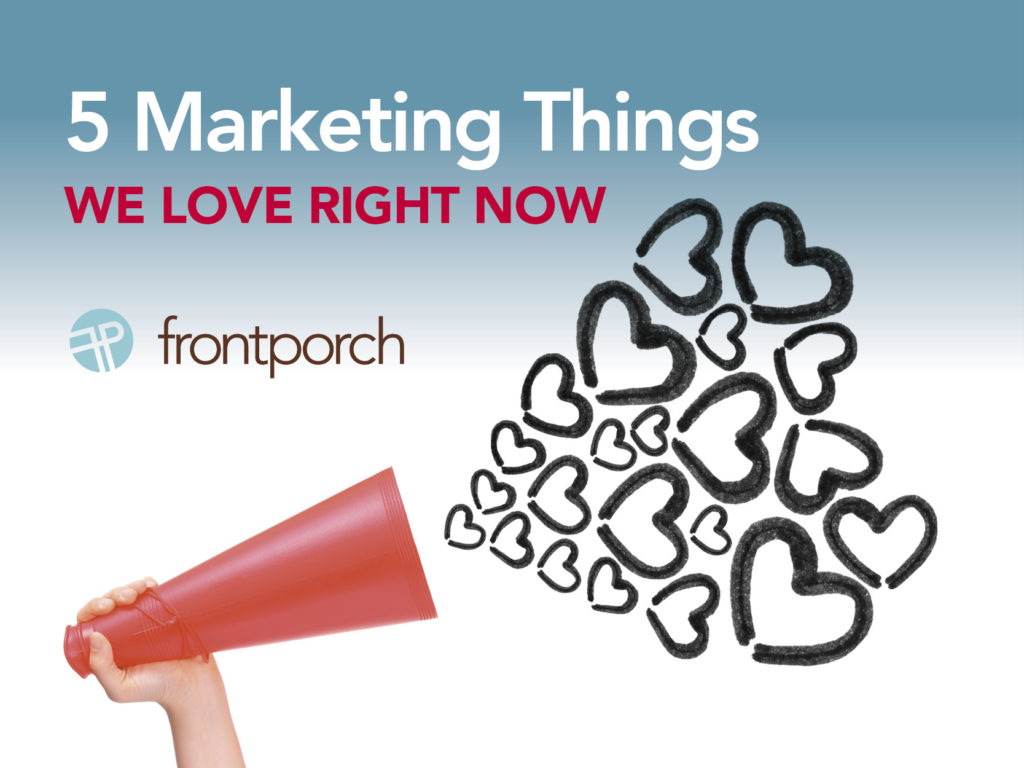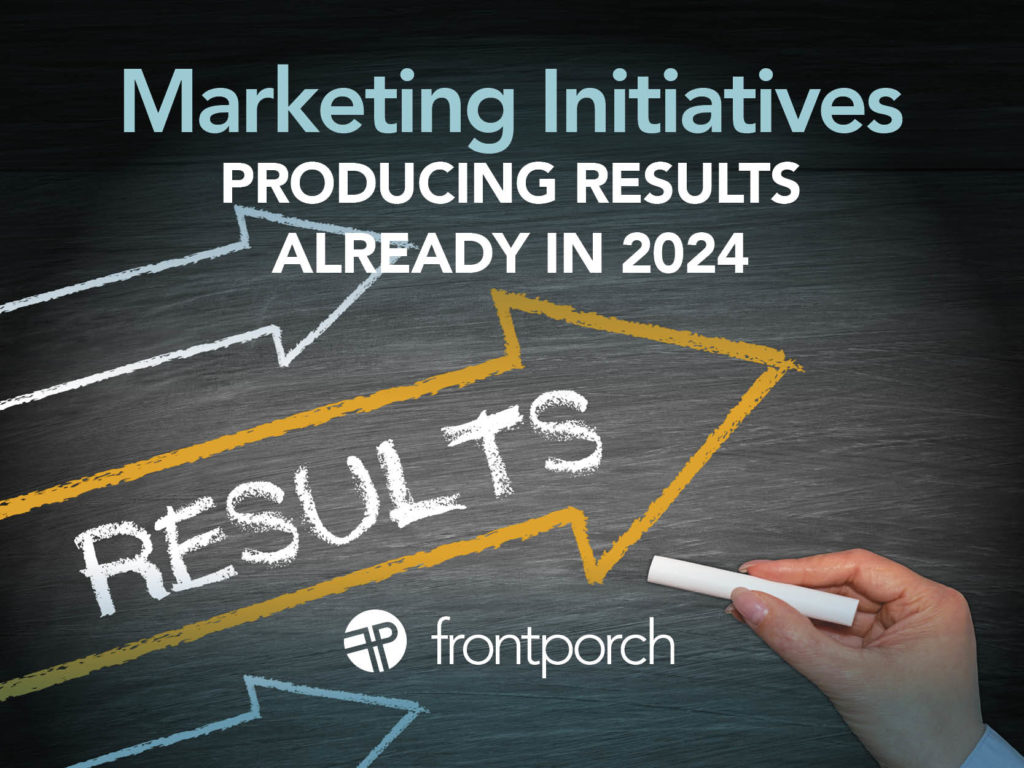
Our wish is that everyone’s marketing initiatives are rockin’ in 2024. As we step into the new year, the marketing landscape continues to evolve at a rapid pace, with businesses across industries embracing innovative strategies to drive growth and engagement. Right now we are seeing marketing initiatives already producing tangible results for our clients in 2024.
From leveraging emerging technologies to refining content strategies, these initiatives underscore the importance of staying agile and adaptable in today’s dynamic market. Consistently re-evaluating and evolving your marketing approach is paramount for staying ahead of the curve and maximizing long-term success in an ever-changing business environment.
Strategies that are shaping success as marketing initiatives this year
- Back to Brand Basics — Brand strategies remain paramount. And getting back to those brand strategies resonates with clients and consumers. Stay true to your brand!
- Team Members as Brand Influencers — This marketing initiative is marketing from the inside out. Again, tried and true brand strategies like this work. Team members share real stories, and this gains client and consumer trust.
- Working the Marketing Plan — Focus on consistency with your marketing plan. Staying on budget is a huge plus. Overall, being proactive versus reactive wins. These are a few of the benefits our clients have shared. Recently, one client said our marketing plan not only helped with these things but helped them stay away from new opportunities that would drain resources — namely time and money.
- LinkedIn Organic Reach Rules — With consistent posting frequency, engaging content and strong creative graphics, our clients’ LinkedIn organic reach is increasing in 2024. This contradicts overall trends found in marketing benchmark surveys.
- Retention Rate vs. Engagement — With so many shiny objects, social media engagement is waning. So if you are retaining followers, you are winning with this marketing initiative.
- Blogging — Our clients benefit in search by utilizing consistent blog posting. This is a bonus for B2B, as clients and consumers are also engaged. Conversion rates continue to increase as well with consistent blogging.
- Video — Whether short-form or long-form, our clients are partnering with us to create video content. These videos result in deeper client and consumer connections. Time spent on websites has increased. And signups for newsletters and blogs have increased.
- Paid Digital — Strategic paid social and Google search and display ads rock our clients’ topline. Equally important, a minimum three-month campaign is needed to build momentum and demonstrate consistency of message.
Adapting and Being Consistent: The Key to Successful Marketing
Overall, we’ve witnessed different initiatives our clients are implementing with success so far in 2024. Strategies like working the marketing plan, harnessing LinkedIn organic reach, investing in strategic blogging, and leveraging paid digital channels all work. In this ever-evolving landscape of marketing, one thing remains constant though: the need for businesses to stay agile yet consistent in their approach.
Adaptability is key to staying ahead of the curve. However, this adaptability must be balanced with consistency, as maintaining a cohesive brand presence across various channels is essential for building trust and credibility with your audience. By consistently re-evaluating and evolving your marketing strategies but staying true to your brand, you can not only capitalize on emerging trends and technologies but also ensure that your efforts remain aligned with your overarching business goals.
As we continue to navigate the complexities of the marketing landscape this year, we remember that success lies in our ability to innovate, iterate, and adapt to the ever-changing needs and preferences of our clients’ audiences. Let’s rock 2024 together!

